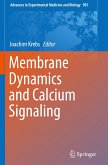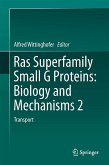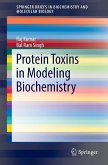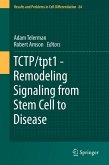This book covers structure, function, and important roles of the SH domains, structure-function relationships, the versatile nature of their action, mechanisms of aggregation, specificity of interactions, impact of mutations on protein functional dysregulation, and cell signaling. Their involvement in various cellular processes such as migration, invasiveness, actin reorganization, shaping spines, determination of the morphology assembly of fibrils, and mechanotransduction makes these molecules attractive drug targets. Substrates, inhibitors and activators of PTKs present a wide variety of therapeutic agents in the context of delivering treatments for numerous pathologies. The new emerging field of stem cell therapies and design of biomaterials for treatments relies on the directed regulation of stem cell growth, differentiation and morphology, as well as the production of biomimetic scaffolds that respond to programmed signals. Advances in deciphering the mechanisms of action ofthese important molecules will lead to the implementation and success of their vital applications.
Bitte wählen Sie Ihr Anliegen aus.
Rechnungen
Retourenschein anfordern
Bestellstatus
Storno









